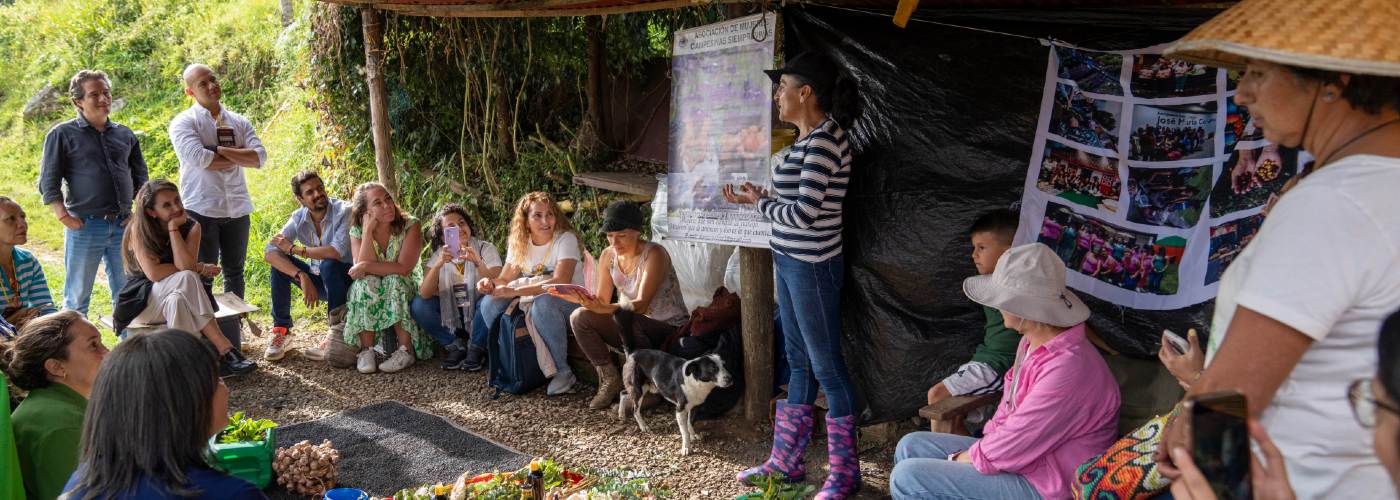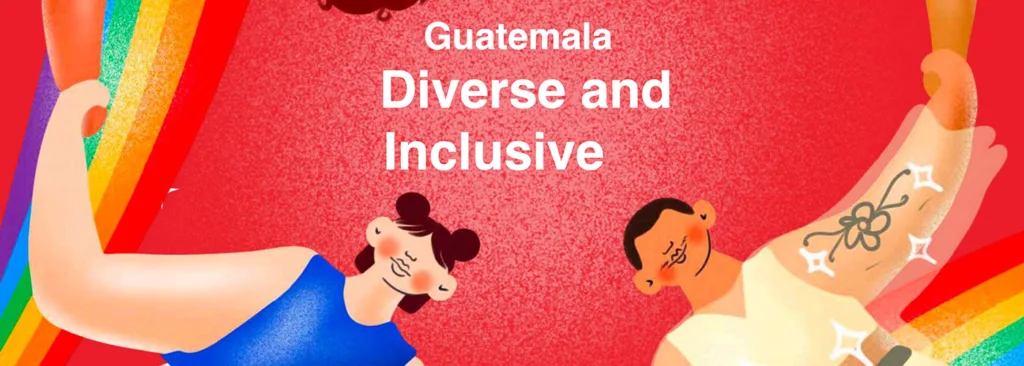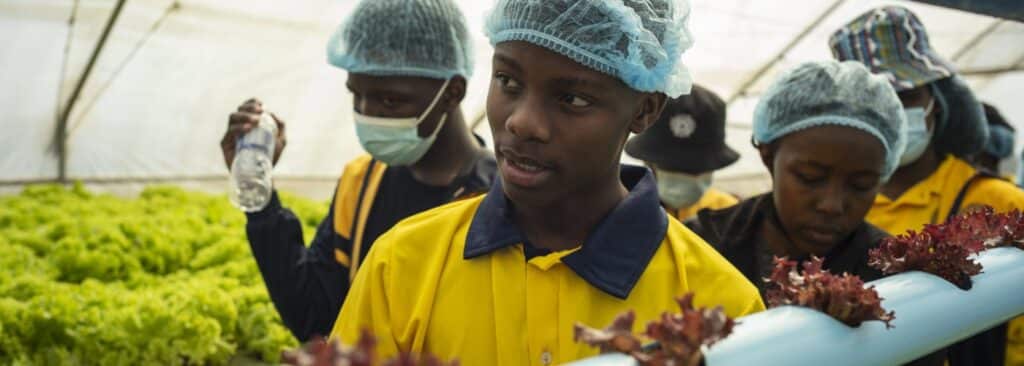Root causes – not drugs – behind the culture of violence in Ecuador and Colombia
February 6, 2024
By Tanja Lubbers, Regional Director of Hivos in Latin America
Ecuador used to be one of the safest places in South America, but the growing influence of drug cartels from Mexico and Colombia has turned the country into one of the region’s most violent nations. Every day the news is full of stories about soaring murder rates, beheadings, deadly prison riots, and bombings. In August 2023, Colombian hitmen assassinated anti-corruption presidential candidate Fernando Villavicencio after he had received death threats from a Mexican cartel closely tied to a major Ecuadorian street gang.
Hivos has an office in Ecuador from which we work with various partners on climate justice, inclusion of LGBTIQ+ people, and human rights in general. We help build and strengthen movements of women, Indigenous people and the LGBTIQ+ community in Ecuador and the wider Andes region.
To adjust our work in Ecuador to this rapidly changing reality, we met with partners from Colombia, who shared their experiences dealing with decades of drug-related violence.
Striking similarities
The similarities between root causes and possible solutions were striking. In both Colombia and Ecuador, years of marginalization of rural, Indigenous and Afro-descendant people have created a fertile recruiting ground for the cartels. In both countries, a similar spiral of violence has emerged, where gang violence is followed by state repression, which leads to even fiercer violence. At the same time, a romanticized – and false – aura of social justice started to surround acts of violence and movements actually motivated by the huge profits of the international drug trade. And those unimaginable amounts of money are likewise behind the deep-rooted corruption that undermines already weak state institutions.
Root causes – not drugs – are the problem
The Colombian experience shows us that working on root causes is key. We need to recognize that violence is not caused by drugs, but by exclusion, discrimination, machismo and racism – all exacerbated by the war on drugs. Investing in the development of disadvantaged regions is therefore essential. As is investing in the inclusion of traditionally excluded groups like youth, women, Indigenous people, Afro-descendants and LGBTIQ+ people.
Inspiring solutions
Our partners in Colombia work to build trust, peace and social harmony. Among others, they facilitate conflict resolution through dialogue, support youth-led social change initiatives, and create job opportunities. They shared with us inspiring examples of using art, music, and festivals to bring people together and break the culture of violence. I’m proud to say that many of these initiatives were supported by Hivos’ former arts and culture programs. They also stressed the importance of including youth and other traditionally excluded groups in all our programs.
In our current work in Colombia and Ecuador we take these lessons into account. One of our partners from Colombia said, “In times of crisis, we are obliged to spread hope.” Hivos in Latin America is also determined to help create a culture of hope and solutions.
I would like to thank the following people for sharing their important insights:
Rocío Gutiérrez – Director of projects of SIDOC, Cali
Pedro Fajardo – Executive Director of Mi Sangre, Medellín
Charles Smith Arcila Bonilla – Coordinator of our Urban Futures program in Sidoc Cali




